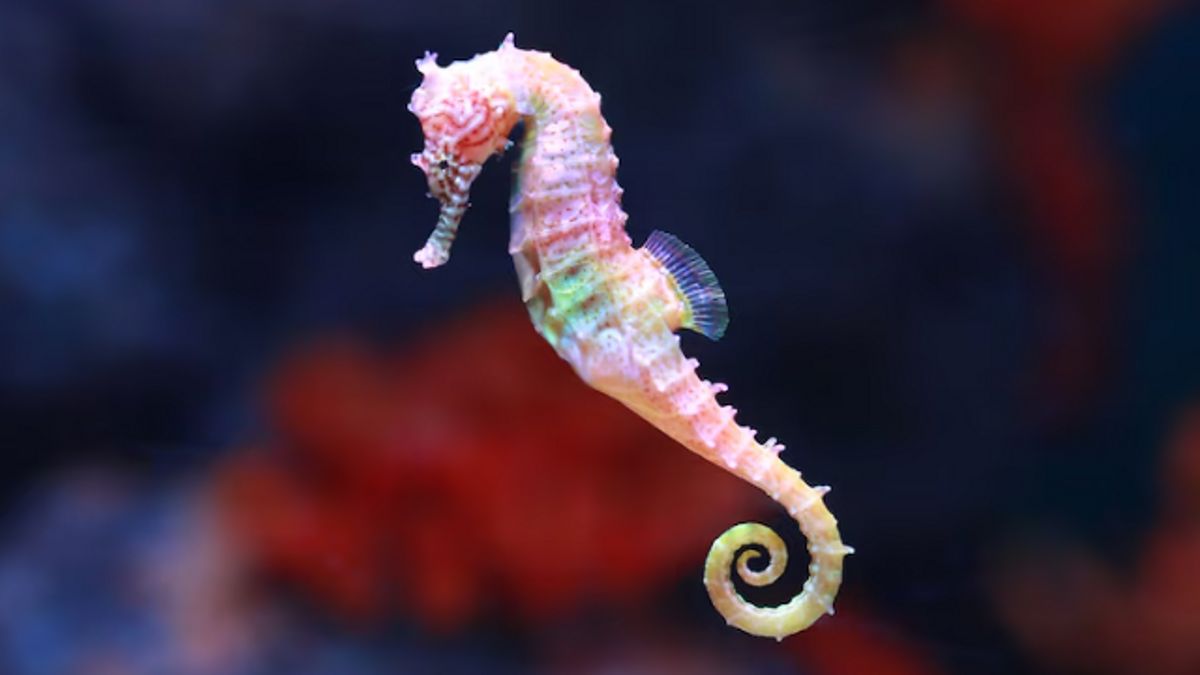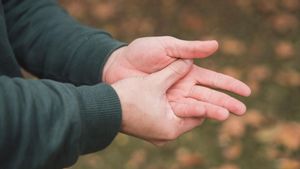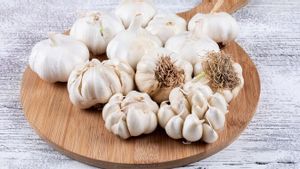YOGYAKARTA - In the animal world, there are various unique and interesting reproductive ways. One way of reproduction is ovovivipar, which is the process of breeding where eggs develop in the mother's body to hatch. What are the animals that breed in an ovovivipar way?
Unlike ovipar (laying) or vivipar (born), ovovivipar combines the characteristics of the two. This process allows embryos to develop in a protected environment within the mother's body, but it still relies on egg yolk as the main source of nutrients.
As one of the most important knowledges of animals, let's recognize what animals are included in the ovovivipar category.
Ovovipar is a reproductive way in which embryos develop in eggs that stay in the mother's body until they hatch. After hatching, young animals come out of the mother's body.
Unlike vivipar animals whose embryos get direct nutrition from the mother through the placenta. The ovovivipar embrio gets all the nutrients from the egg yolk in the egg.
The reproduction of ovovipar shows how adaptive animal life is in the face of environmental challenges. Under certain conditions, this method provides an evolutionary advantage because it allows embryos to develop in more protected environments.
How to breed ovovivipar has an important role for animals living in habitats that are full of predators or have unstable environmental conditions.
VOIR éGALEMENT:
Here are some examples of animals that breed ovovivily:
Seahorses are one of the unique animals that breeds ovovivially. In this species, males have special bags in their bodies to store eggs that have been fertilized to hatch. Once the embryo develops perfectly, the calf of the sea horse will be released into the water alive.
Many shark species breed ovovially. Examples are sand tiger sharks and martil head sharks. Shark eggs remain in the mother's body, where they are protected until they hatch.
Just like sharks, several species of pari fish breed by ovovivipar. Pari fish eggs develop in the mother's body until they hatch. Pari cubs will be born alive and ready to survive in the marine environment.
Some species use the ovovipar method. Economy eggs develop in the female body until they hatch. After that the children are released.
Many species of snakes breed ovovily, including boa snakes and rappers. This allows embryos to develop in the mother's body until they are ready to be born, thus providing extra protection from the external environment.
lenilai juga merupakan salah satu hewan ovovipar. Egg lebih berkembang di dalam tubuh pemukulan dan anak-anakelet dilahirkan dalam kondisi hidup. Setelah lahir, mereka biasanya menempuh pada sukut hentunya untuk perlindungan.
Several chameleon species show ovoviviral reproduction. chameleon eggs remain in the mother's body until they hatch, so that chameleon children are born alive.
Some species of lizards, such as skink lizards, breed ovovivially. Vulnerable cubs are born in living conditions after hatching from eggs that are in the mother's body.
Those are some animals that breed by means of ovovivipar. Ovovivipar is one of the unique and amazing reproductive ways in the animal world. By studying more about ovovivipar, we can value biodiversity in this world more. Also read the most animal species on earth.
Stay up to date with the latest domestic and other overseas news on VOI. We present the latest and updated information nationally and internationally.
The English, Chinese, Japanese, Arabic, and French versions are automatically generated by the AI. So there may still be inaccuracies in translating, please always see Indonesian as our main language. (system supported by DigitalSiber.id)

















